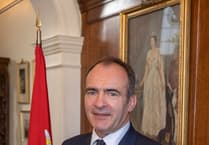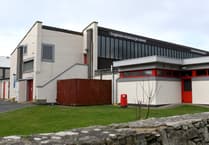Ever since the Vikings arrived, uninvited, over 1,000 years ago the history of the Isle of Man has been marked by waves of immigration and emigration.
In more modern times these fluctuations in population have been taken as an indication of the island’s economic health.
The 1950s, for example, saw decline in tourism and other traditional sectors and a drop in population from 55,000 to 48,000.
Some Manxmen had to leave for work in the sugar beet industry of East Anglia, a bleak experience which the older generation of local politicians never forgot.
Their simple priority was the creation of job opportunities at home, and steps were taken during this period to encourage manufacturing activity.
In the 1960s and 1970s the population recovered to reach a new high of 66,000.
This was the era of the new resident policy, offering a taxation regime much more lenient than that of the United Kingdom, and the beginnings of the offshore finance sector.
The influx of ’comeovers’ back then included white refugees from the final collapse of the British Empire.
They drank gin in bungalows with African names and were known as ’when I’s’ for their loud reminiscences of better times in the colonies.
After a recession in the early 1980s, the Manx economy underwent an unprecedented acceleration in the second half of that decade, led by the finance sector.
This was partly an extension of the City boom of those years and partly an overspill from the Channel Islands, which had reached capacity.
The results were phenomenal. Annual economic growth rates soared to 17% and national income increased by 58% between 1986 and 1991. The population grew by 5,000 to 70,000, and the average house price shot up from £35,000 to £82,000.
Amid social concerns and nationalist protest, government decided to curtail commercial promotion of the island and recommended the preparation of residence control legislation as a contingency measure. The latter was never used but it is still on the statute books, though it is very unlikely to be introduced anytime in the foreseeable future.
Growth in the economy and population continued throughout the 1990s and into the first decade of the 21st century. But in recent years these positive trends have been interrupted.
The 2016 Isle of Man census showed the first fall in resident population for 30 years, a drop of 1,183 or 1.4% from 84,497 in 2011 to a new total of 83,314.
And the 2015/2016 national income report recorded the first dip in GDP for 32 years, a slight decline of 0.9%. However, the subsequent 2016/2017 report showed real GDP growth of 7.4 per cent.




